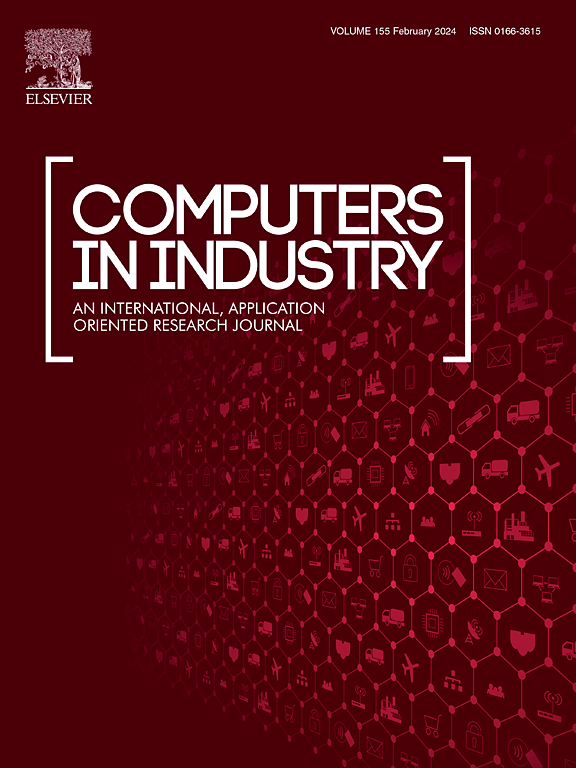Streamlining Assembly Instruction Design (S-AID): A comprehensive systematic framework
IF 9.1
1区 计算机科学
Q1 COMPUTER SCIENCE, INTERDISCIPLINARY APPLICATIONS
引用次数: 0
Abstract
Assembly instructions are detailed directives used to guide the assembly of products across various manufacturing sectors. As production processes evolve to become more flexible, the significance of assembly instructions in meeting rigorous efficiency and quality standards becomes increasingly pronounced. Nevertheless, the development of assembly instructions often remains unstructured and predominantly dependent on the experience or personal skills of the designer. This paper aims to address these issues by pursuing three main goals: (i) deciphering the assembly process and the information that characterizes it, thereby providing a taxonomy of instruction constituents; (ii) presenting a framework to assess the various formats in which such information can be communicated; and (iii) introducing a step-by-step method, named S-AID, which offers a consistent methodology for designers during the instruction design phase. Overall, this research provides a rigorous taxonomy of the building blocks of assembly instructions and defines their relationships with various instruction formats. Furthermore, by proposing a systematic design method, this works aims to address the redundancy and inconsistency commonly encountered in traditional instruction design processes. The proposed methodology is illustrated using a real-world case study involving the assembly of a mechanical equipment. Finally, the effectiveness of the S-AID method was evaluated quantitatively through comparative analysis with other instruction sets, focusing on metrics such as process failures, assembly completion time, and perceived cognitive load.
精简装配指令设计(S-AID):一个全面的系统框架
装配说明是用于指导各个制造部门的产品装配的详细指令。随着生产过程变得更加灵活,装配说明在满足严格的效率和质量标准方面的重要性变得越来越明显。然而,装配说明的发展往往仍然是非结构化的,主要依赖于设计师的经验或个人技能。本文旨在通过追求三个主要目标来解决这些问题:(i)破译汇编过程和表征它的信息,从而提供指令成分的分类;(ii)提出一个框架,以评估可传播此类信息的各种格式;(iii)引入一种循序渐进的方法,名为S-AID,它为设计人员在指令设计阶段提供了一致的方法。总体而言,本研究提供了汇编指令构建块的严格分类,并定义了它们与各种指令格式的关系。此外,通过提出一种系统的设计方法,本工作旨在解决传统教学设计过程中常见的冗余和不一致问题。所提出的方法是用一个现实世界的案例研究,涉及机械设备的组装说明。最后,通过与其他指令集的比较分析,对S-AID方法的有效性进行了定量评估,重点是过程失败、装配完成时间和感知认知负荷等指标。
本文章由计算机程序翻译,如有差异,请以英文原文为准。
求助全文
约1分钟内获得全文
求助全文
来源期刊

Computers in Industry
工程技术-计算机:跨学科应用
CiteScore
18.90
自引率
8.00%
发文量
152
审稿时长
22 days
期刊介绍:
The objective of Computers in Industry is to present original, high-quality, application-oriented research papers that:
• Illuminate emerging trends and possibilities in the utilization of Information and Communication Technology in industry;
• Establish connections or integrations across various technology domains within the expansive realm of computer applications for industry;
• Foster connections or integrations across diverse application areas of ICT in industry.
 求助内容:
求助内容: 应助结果提醒方式:
应助结果提醒方式:


